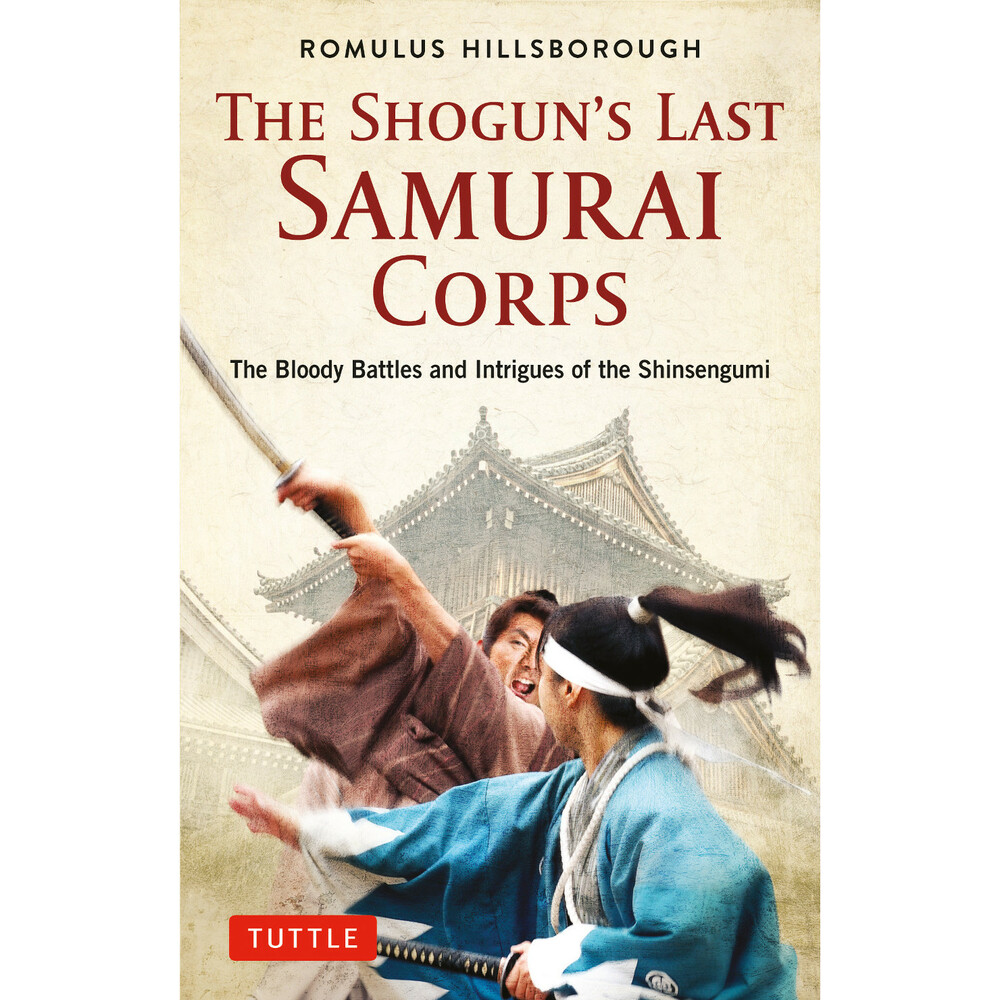‘Shinsengumi’, the Last Samurais
This book dissects the corps of warriors that represented the shogunate's most feared force when Japan was exiting the feudal system.

© Tuttle Publishing
Romulus Hillsborough, an American writer who lived in Tokyo for 16 years, immersed himself keenly in the story of a highly unusual samurai corps, the shinsengumi, literally ‘new select brigade’, assembled in 1863 when Japan was about to enter a pivotal period in its history.
After having consulted numerous Japanese-language sources, letters, memoirs and newspaper cuttings as well as interviews, stories from eyewitnesses and biographies from the era, he put together a comprehensive work on the subject, and the first to be written in English: Shinsengumi, The Shogun’s Last Samurai Corps.
The end of an era
The reader is immersed in this brief history of the final years of the bakufu (military government), which collapsed in 1867 with the restoration of the imperial regime. This marked the end of two and a half centuries (1603-1868) of feudalism. As the country was in the midst of a revolution known as the Meiji restoration, resulting from the opening up of the country to the west in 1854, the samurai, realising that this could spell the end of their supremacy, organised their response. Thus, the shinsengumi was formed, gathering together an elite group of swordsmen whose aim was to stop or kill the enemies of the Tokugawa shogun.
Structured around two key figures, Isami Kondo and Toshizo Hijikata, the shinsengumi made a mark on its era even if it did not manage to vainquish the tidal wave of the opening of Japan to other countries. Its influence was such that it is now the subject of various fictional works like the televised historical drama series Shinsengumi! produced by NHK in 2004 and the manga Rurouni Kenshin published in Shonen Gump in the mid-90s.
Shinsengumi, The Shogun’s Last Samurai Corps (2005), a book by Romulus Hillsborough published by Tuttle Publishing.
TRENDING
-
Ishiuchi Miyako, A Singular Perspective on Women
Recipient of the 2024 Women in Motion Award, the photographer creates intimate portraits of women through the objects they left behind.

-
Recipe for Ichiraku Ramen from ‘Naruto’ by Danielle Baghernejad
Taken from the popular manga with the character of the same name who loves ramen, this dish is named after the hero's favourite restaurant.

-
Namio Harukawa, Master of Japanese SM Art
'Garden of Domina' offers a dive into the world of an icon of ‘oshiri’, whose work has now reached a global audience.

-
The Tattoos that Marked the Criminals of the Edo Period
Traditional tattoos were strong signifiers; murderers had head tattoos, while theft might result in an arm tattoo.

-
The Emperor of Japanese Porn is Now the Star of a Netflix Series
Deliciously funny, The Naked Director especially succeeds in reviving the atmosphere that was so characteristic of 1980s Japan.





